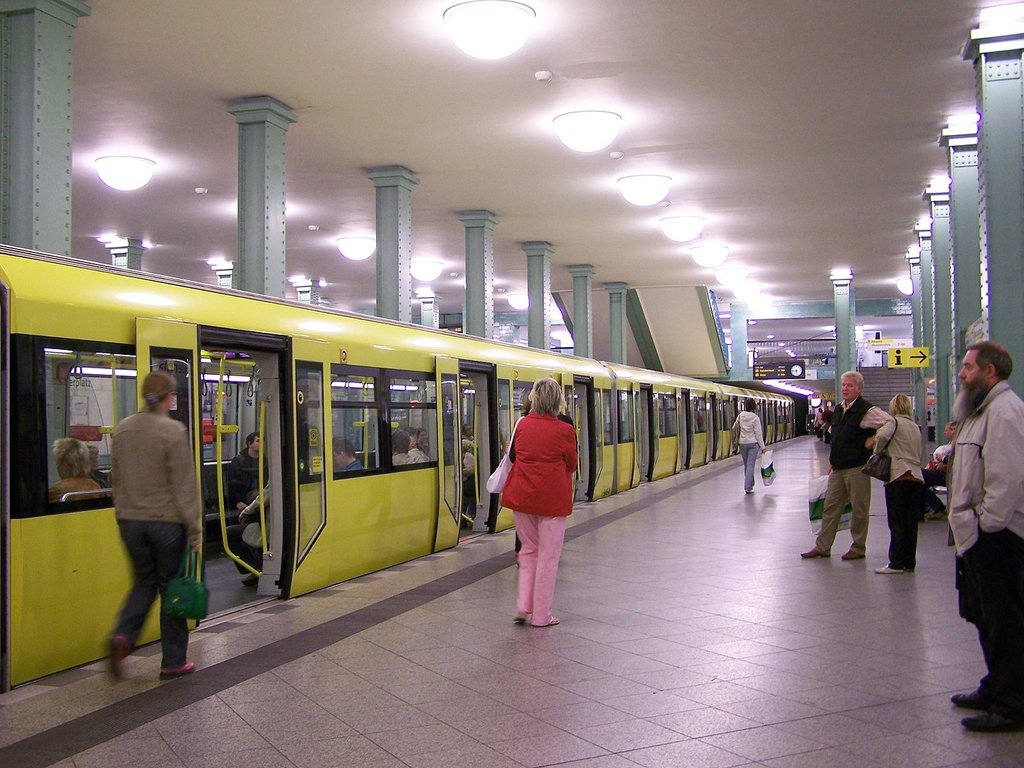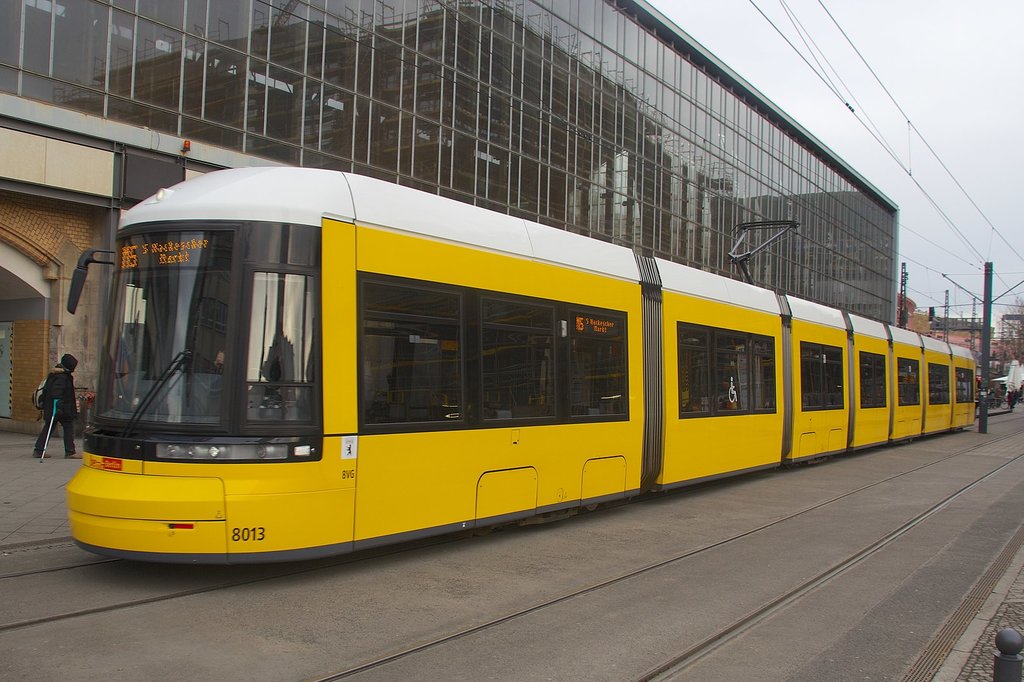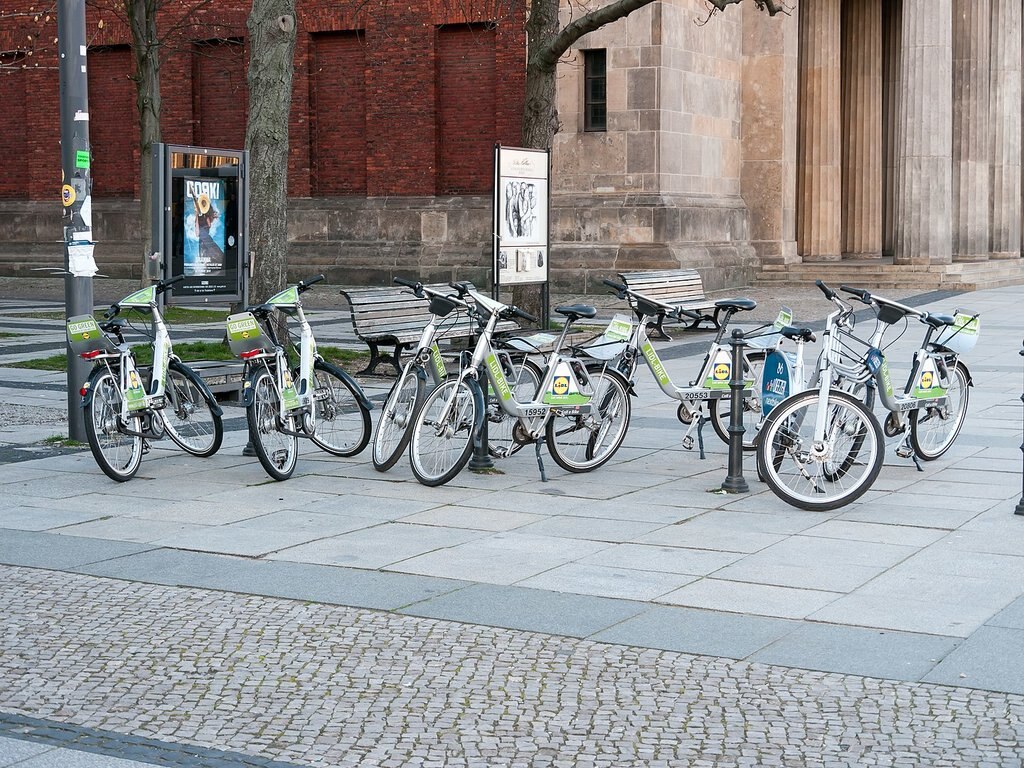Everything You Need to Know about Public Transport in Berlin
“While Berlin is certainly an expansive city, home to different zones that each have their own personality, getting around the capital is relatively straightforward – all thanks to an integrated public transport network, featuring a metro, trains, trams, buses and cycle lanes. With a little forward planning, you should have no real difficulty moving from Alexanderplatz to Spandau, Charlottenburg to Checkpoint Charlie.
Keep reading to find out everything you need to know about navigating Berlin’s public transport system.
Public Transport
—————-
### Metro
The sprawling Berlin Metro is the most efficient way of getting around the city. The predominantly underground U-Bahn serves 173 stations across 10 lines, with services running as often as every two minutes. Alexanderplatz (U2, U5, U8) and Berlin Zoologischer Garten (U2, U9) are among the key stations.
The sister S-Bahn service – Berlin’s commuter rail network – provides a complementary overground service offering reaching out into the suburbs. The main central station is Berlin Hauptbahnhof (S3, S5, S7, S9).
Services run from 4:30am to 1:00am on weekdays, and 24 hours a day at the weekend. Single adult fares start at € 1,70 for a short journey, or €2,80 for a single trip within zones A and B.

Di Jcornelius – Opera propria, CC BY-SA 3.0, https://commons.wikimedia.org/w/index.php?curid=2405010
### Trams
Berlin’s historic tram network consists of 13 regular lines and a further nine Metrotram routes. Most serve parts of the former East Berlin, with buses having replaced trams in West Berlin during the Cold War era.
Validated Metro tickets can be used on the trams and vice-versa. Services run all day and, in the case of the Metrotram, throughout the night at 30-minute intervals.

By Photograph by Mike Peel (www.mikepeel.net)., CC BY-SA 4.0, https://commons.wikimedia.org/w/index.php?curid=31199257### Buses
Buses run all over the capital, having been reintroduced to the eastern districts following reunification. They are included in a public transport ticket. The number 100 follows the Berlin tourist route, passing cultural attractions including the Berliner Dom, Museum Island, the Reichstag, and Brandenburg Gate.
If you haven’t got a travel pass or a Berlin WelcomeCard, you can pay a bus fare to the driver. Single adult fares for access to zones A, B and C cost €3,40. Berlin buses run from 6:30am to 12:30am, but night services are available on certain routes.
Cycling
——-
The occasional cobbled street aside, Berlin is a cyclist’s dream. The capital may be large but it’s also ‘pan-flat’. The streets are wide too, and most major routes have cycle lanes.
Rental stations are located across the city, with some charging as little as €5 for 24 hours. You can take your bicycle onto public transport providing you purchase the appropriate ticket.

_By Matti Blume – Own work, CC BY-SA 4.0, app that connects timetable information with the ticket sales. You can use the app to assess transport options and check transfer times.
Cars and Taxis
——————
If you need to hire a taxi in Berlin – or you just this mode of travel over public transport – there’s no difficulty finding a cab, as there are thousands in service. Handily, you can accurately predict the cost of your journey before travelling. The base fare is €3.90, each of the first 7km costs €2.00, and each ensuing 1km costs €1.50. You can order one over the phone, flag one down on the street or pick one up at a rank.
To and from the Airport
———————–
When flying into Berlin-Schönefeld, it’d around a 10-minute walk from the terminal to the train station. You’ll then need to catch the 30-minute airport express train. Services run every half-hour between from around 4am to 11pm, with tickets costing €3.30 each way.
If a taxi is your preference, the ranks are located outside the arrivals building at Terminal A. Standard Berlin taxi fares apply, with a €1.50 surcharge applying for a trip from the airport.
Accessible Travel
—————–
Some Berlin Metro lines are better for wheelchair access than others – the historic network was not designed with accessibility in mind. The accessBerlin app shows suggested routes across the city for users with limited mobility. You can downloadable the app via the App Store and Google Play.
Find somewhere to stay by checking out our hotels in Berlin.
All prices correct at the time of writing and are subject to change.”
More Articles With City break
Finding wheelchair-accessible things to do in London can often be a tricky task, but a new app makes it a lot easier.
Ready for your next great holiday? To help you prepare, we’ve created a simple travel checklist to make sure you’ve covered the essentials.
We rounded up 18 locals-only secrets in some of the world’s most beloved cities to help you feel like an insider, no matter where your travels take you.
Top travel tips from Jake Graf: a couples guide to London
The ultimate whatever-the-weather London staycation guide